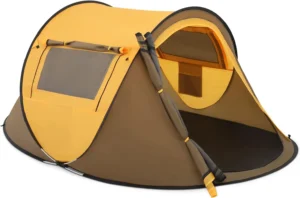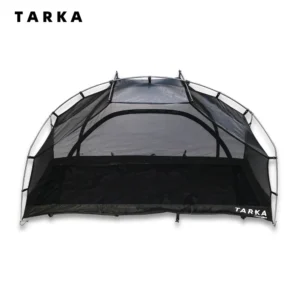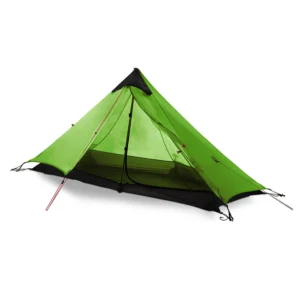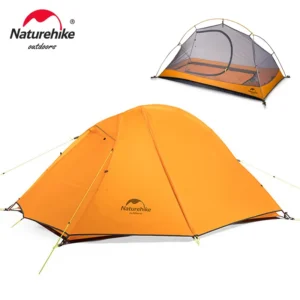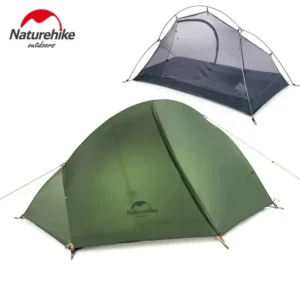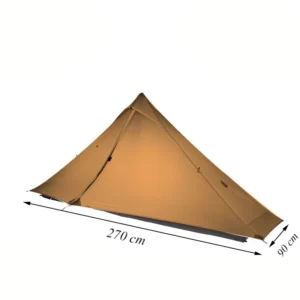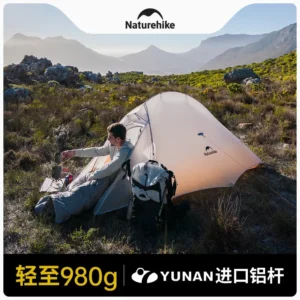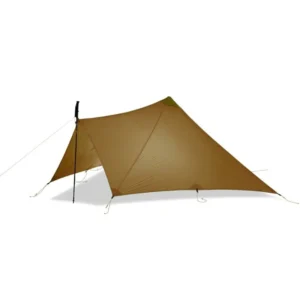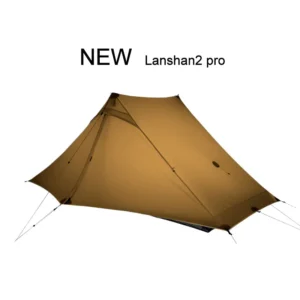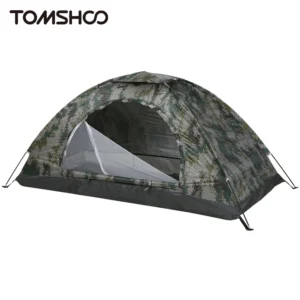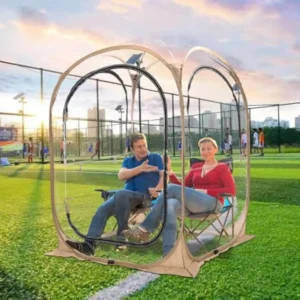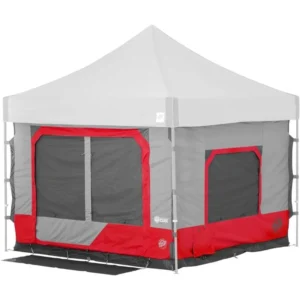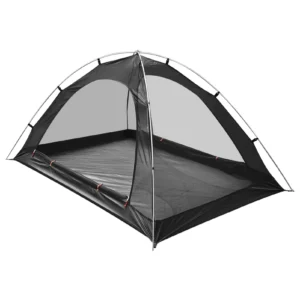Ultralight 2 Person Tents
Adventure lighter together. Our ultralight 2 person tents provide dry, comfortable shelter for backpacking duos, helping you enjoy the trail more with less weight and easier trips.
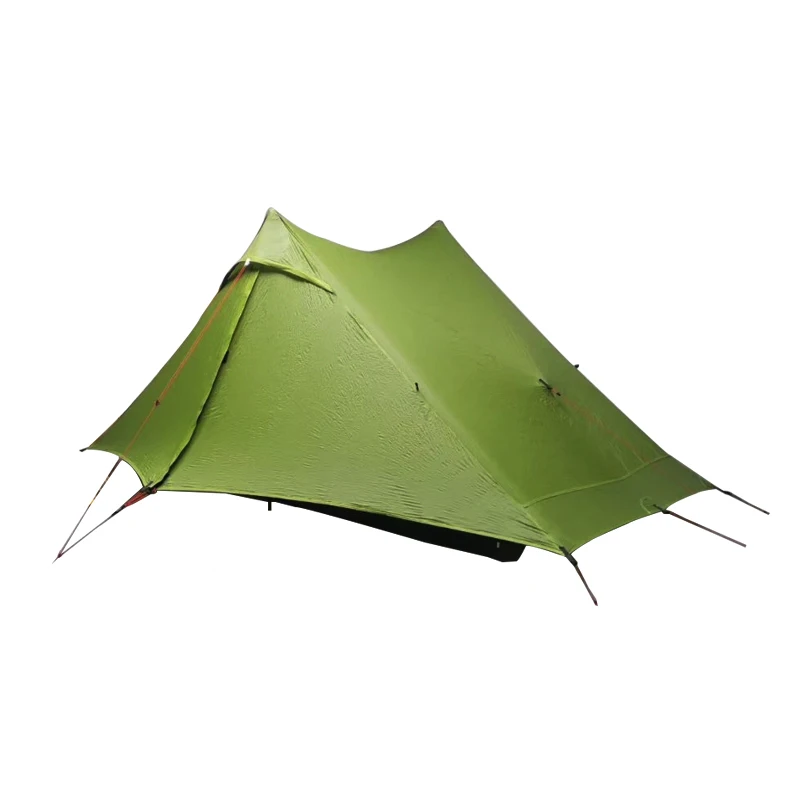
Showing 1–12 of 46 results
Heavy Duty 4 Season Tent, Ultralight Freestanding Tent, Winter Camping Tent
$3,722.66 Select options This product has multiple variants. The options may be chosen on the product pageLightweight Pop Up Tent, Pop Up Dome Tent, Ultralight Backpacking Tent, Waterproof Pop Up Tent
$210.64 Select options This product has multiple variants. The options may be chosen on the product pageUltralight Backpacking Tent, Ultralight Trekking Pole Tent
Price range: $350.87 through $351.98 Select options This product has multiple variants. The options may be chosen on the product pageUltralight Backpacking Tent, Ultralight Trekking Pole Tent, Winter Camping Tent
Price range: $468.86 through $537.88 Select options This product has multiple variants. The options may be chosen on the product pageHeavy Duty 4 Season Tent, Ultralight Backpacking Tent, Ultralight Trekking Pole Tent
$267.44 Select options This product has multiple variants. The options may be chosen on the product pageLightweight Backpacking Tent, Ultralight Backpacking Tent, Ultralight Trekking Pole Tent
Price range: $462.40 through $587.15 Select options This product has multiple variants. The options may be chosen on the product pageLightweight Backpacking Tent, Trekking Pole Backpacking Tent, Ultralight Backpacking Tent, Ultralight Trekking Pole Tent
Price range: $471.85 through $478.11 Select options This product has multiple variants. The options may be chosen on the product pageLightweight Backpacking Tent, Trekking Pole Backpacking Tent, Ultralight Backpacking Tent, Winter Camping Tent
$1,353.20 Select options This product has multiple variants. The options may be chosen on the product pageLightweight Backpacking Tent, Ultralight Backpacking Tent, Waterproof Backpacking Tent
$391.05 Select options This product has multiple variants. The options may be chosen on the product pageLightweight Backpacking Tent, Trekking Pole Backpacking Tent, Ultralight Trekking Pole Tent
Price range: $355.90 through $367.93 Select options This product has multiple variants. The options may be chosen on the product pageLightweight Backpacking Tent, Trekking Pole Backpacking Tent, Ultralight Backpacking Tent, Ultralight Trekking Pole Tent
Price range: $1,129.41 through $1,176.33 Select options This product has multiple variants. The options may be chosen on the product pageLightweight Backpacking Tent, Trekking Pole Backpacking Tent, Ultralight Backpacking Tent
Price range: $70.08 through $127.36 Select options This product has multiple variants. The options may be chosen on the product page
Showing 1–12 of 46 results
Exploring the Freedom of Ultralight 2-Person Tents
When backpacking enthusiasts talk about “ultralight” 2-person tents, they’re referring to shelters weighing under 3 pounds—often half the weight of traditional camping tents. These remarkable shelters offer unparalleled freedom for hiking couples or adventure partners, allowing you to cover more ground with less fatigue and enjoy nature without the burden of heavy gear.
At Explore Elements, we’ve tested dozens of ultralight shelters across diverse environments, from desert canyons to alpine meadows. The difference between carrying a 6-pound traditional tent versus a 2.5-pound ultralight model might seem small on paper, but after miles on the trail, those saved pounds transform your hiking experience entirely.
This guide will walk you through everything you need to know about selecting the perfect ultralight 2-person tent for your adventures, balancing weight savings with comfort, durability, and weather protection.
Key Features That Define Premium Ultralight Tents
What separates exceptional ultralight tents from the merely lightweight comes down to thoughtful engineering and material selection. Premium ultralight 2-person tents employ cutting-edge fabrics like Dyneema Composite Fabric (DCF), silnylon, and silpoly—materials that offer remarkable strength-to-weight ratios while maintaining weather resistance.
The best ultralight shelters typically weigh between 1.5-3 pounds (680-1360g) while providing:
– Intelligently positioned guy lines for stability in challenging conditions
– Strategic pole structures that maximize interior volume
– Sufficient floor dimensions (typically 50-55 inches wide)
– Carefully placed ventilation to manage condensation
– Thoughtful door placement for easy entry/exit
These shelters achieve their featherweight status not through compromise but through sophisticated design that eliminates redundancy while preserving functionality. Premium models balance minimal weight with sufficient durability for multi-season use across varied terrain.
Comparing Tent Designs: Freestanding vs. Non-Freestanding
When exploring ultralight freestanding tents, you’ll notice they stand independently using integrated pole structures—offering quick setup anywhere and easy repositioning. These designs typically weigh slightly more (2.5-3 pounds) but provide versatility on rocky terrain, platforms, or areas where stakes don’t penetrate well.
In contrast, non-freestanding tents that use trekking poles leverage the hiking poles you’re already carrying to create structure, reducing packed weight to as little as 1.5 pounds. These designs require suitable staking ground but reward users with significant weight savings and often surprising stability in wind.
The ideal choice depends on your priorities:
– Choose freestanding for versatility across varied terrain and simpler setup
– Select non-freestanding for the absolute lightest option when you’ll have suitable staking surfaces
Both designs can provide excellent weather protection when properly pitched, though non-freestanding options often require more practice to master setup.
Material Technology: The Science Behind Ultralight Shelters
The remarkable weight reduction in modern ultralight tents comes primarily from advanced materials. Silicone-impregnated nylon (silnylon) and polyester (silpoly) offer excellent waterproofing with minimal weight. Premium models use fabrics ranging from 10-20 denier thickness—providing sufficient durability while keeping weight down.
Waterproofing performance is measured in hydrostatic head ratings, with quality ultralight tents typically offering 1500-3000mm resistance—enough to handle sustained downpours. Floor materials are usually slightly heavier (often 20-30 denier) with higher waterproof ratings (3000-5000mm) to prevent groundwater seepage.
For pole materials, the choice between DAC aluminum and carbon fiber represents another weight-versus-durability decision. Carbon fiber poles can save 2-4 ounces (56-113g) but may be less durable under extreme stress and typically increase cost considerably.
Space Optimization and Weather Performance
Despite their minimal weight, well-designed ultralight tents create surprising livability through clever architecture. Vertical or near-vertical walls maximize usable interior space, while strategic pole placement creates adequate headroom (typically 38-42 inches at peak).
Most quality models include at least one vestibule for gear storage, similar to backpacking tents with vestibules, keeping your equipment protected without sacrificing precious interior space. These sheltered areas allow you to cook (with appropriate precautions) and store muddy boots outside your sleeping area.
Weather performance depends on precise tensioning and thoughtful design. The best ultralight tents include adjustable ventilation systems that balance airflow with protection, preventing the condensation that plagues poorly designed ultralight shelters while maintaining stability in winds up to 30-40 mph.
Single-Wall vs. Double-Wall Designs
Ultralight tents come in both single and double-wall configurations, each with distinct advantages:
Single-wall tents combine the rainfly and tent body into one layer, saving significant weight (often 8-12 ounces/227-340g) and simplifying setup. However, they typically experience more condensation, especially in humid or cold conditions, unless they include excellent ventilation systems.
Double-wall designs separate the breathable inner tent from the waterproof rainfly, creating superior condensation management through the air gap between layers. This added protection comes with a weight penalty but provides better comfort in challenging conditions, especially for longer trips.
For weekend adventures in fair weather, single-wall designs offer compelling weight savings. For extended trips or variable conditions, the condensation management of double-wall designs often justifies the extra ounces.
Investment Considerations and Tent Care
Quality ultralight 2-person tents represent a significant investment, typically ranging from $300 to $600, with premium DCF models reaching $700 or more. This higher price reflects specialized materials, precision engineering, and often domestic manufacturing with rigorous quality control.
To protect this investment, proper care is essential:
– Always air-dry completely before storage
– Clean with gentle, non-detergent cleaners only
– Use dedicated tent stakes rather than improvised solutions
– Consider groundsheet protection for rough surfaces
– Store loosely in a cool, dry place
With appropriate care, quality lightweight backpacking tents can provide reliable service for hundreds of nights under the stars, making them an excellent value despite the initial cost.
Essential Accessories and Limitations
To maximize your ultralight tent experience, consider these complementary items:
– Lightweight footprint alternatives (polycryo plastic or Tyvek sheets)
– Titanium stakes for optimal holding power with minimal weight
– Guyline tensioners for quick adjustments in changing conditions
– Repair tape compatible with silicone-treated fabrics
While ultralight tents excel for backpacking, they do have limitations. For extreme winter conditions, consider more robust 4-season options with stronger pole structures and snow-shedding designs. Base campers or those prioritizing spaciousness over weight savings might prefer slightly heavier models that offer more comfort for extended stays.
Experience the Ultimate Ultralight Adventure
Switching to an ultralight tent transforms not just your pack weight but your entire wilderness experience. Moving efficiently through landscapes with minimal burden connects you more intimately with your surroundings, allowing longer days, more remote destinations, and a deeper immersion in nature’s wonders.
The best ultralight tent for you balances your personal priorities—whether that’s absolute minimum weight, maximum space, or superior storm protection. By understanding the trade-offs and technologies behind these remarkable shelters, you can make an informed choice that enhances countless adventures for years to come.
At Explore Elements, we believe the right ultralight shelter doesn’t just reduce weight—it expands possibilities. Find your perfect balance of freedom and protection, and discover what lies beyond when you travel light.


